This homemade basil pesto is one of my favorite sauces! It’s super quick to make, incredibly flavorful, and screams summer! I’m sharing my favorite recipe with some tips to make it the best. I can’t wait for you to make it!
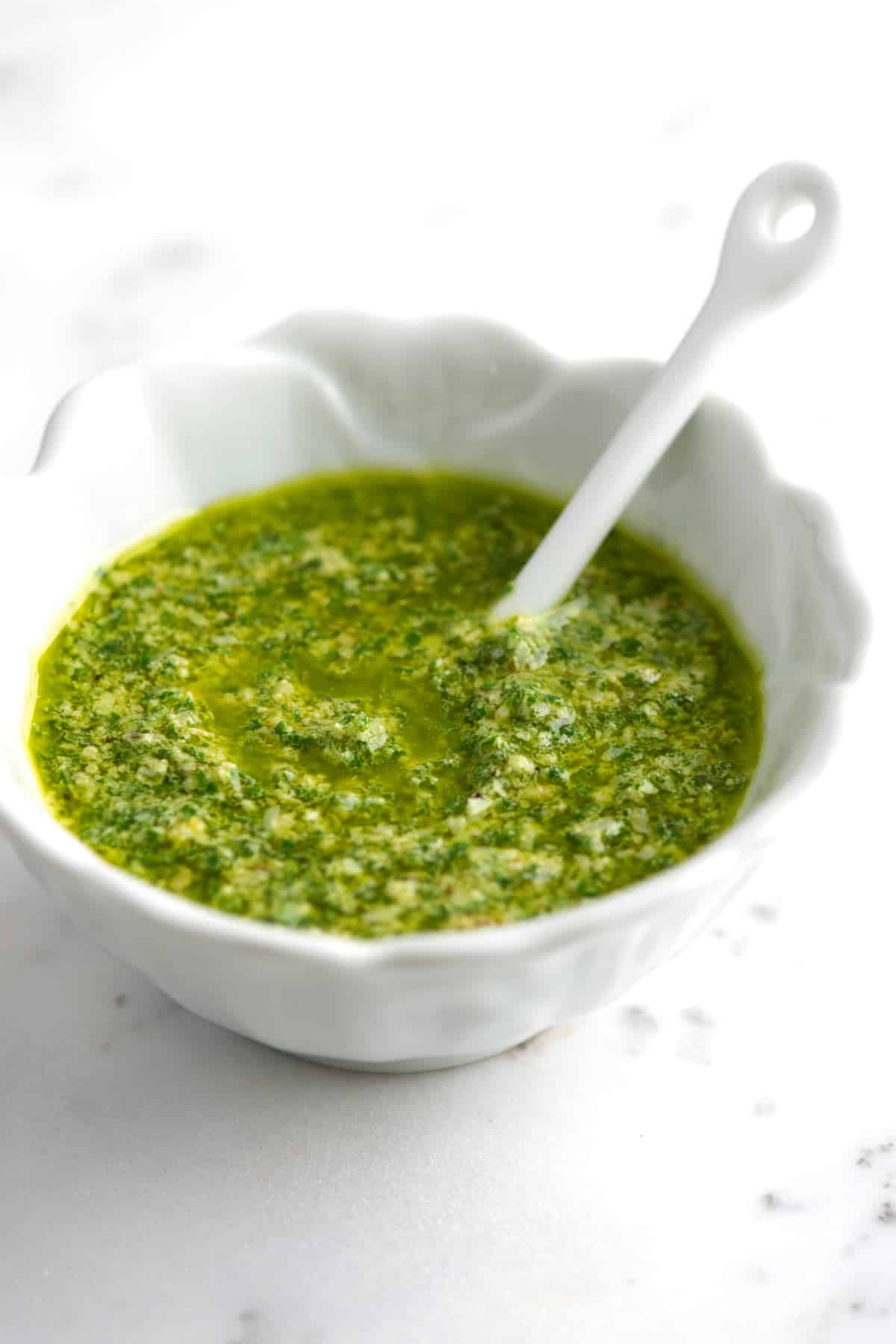
Homemade pesto tastes so much better than store-bought jars. It’s also so easy to make and screams summer! With our recipe, you’ll have homemade basil pesto in minutes.
We use pesto a lot in our kitchen, and I bet you will, too, once you know how to make it! It’s incredible tossed with pasta (especially homemade pasta), stirred into mashed potatoes, tossed with roasted veggies, and spread onto bread for sandwiches.
Key Ingredients
- Basil: For the best basil pesto, I recommend using fresh basil. The leaves should be bright green and fragrant. For the most authentic pesto, use Genovese basil. When prepping the basil for pesto, pull the leaves away from the stems. Then discard the stems, or save them to flavor homemade tomato sauces and tomato soup (add them as you would a bay leaf, then remove when the dish is ready to serve). If you don’t have basil, consider other greens like kale or spinach. I have a kale pesto recipe if you are interested.
- Garlic: You don’t need a lot of garlic to make pesto (too much, and it will overpower the basil flavor). I typically use 1 clove of garlic.
- Pine Nuts: These are traditional, and I love how buttery they taste, but you can substitute other nuts in pesto if you’d like. I’ve used blanched almonds, walnuts, and sunflower seeds before with success. Keep in mind that the flavor will change slightly with different nuts/seeds. You can also make pesto without nuts. The texture will be different, but the sauce still tastes fresh and delicious.
- Olive Oil: Choose a good-quality olive oil that you love. You’ll add a generous amount of oil to make the pesto, so make sure that you enjoy the flavor.
- Cheese: I love Parmigiano Reggiano or Pecorino Romano cheese for homemade pesto, and if I’m feeling feisty, I’ll combine them. To make pesto without cheese, leave it out or substitute with 2 to 3 tablespoons of nutritional yeast. Nutritional yeast is nutty and cheesy.
How to Make the Best Basil Pesto
Tip 1: Blanch your basil! I know this sounds a little ridiculous, but trust me. Blanching basil makes the greenest pesto. Have you ever noticed that pesto browns over time in the fridge? Or even when you add it to hot pasta? Blanching the basil prevents this. It locks in the bright green color of the leaves. It’s also easy. Dunk the basil leaves into boiling water for 5 to 10 seconds, then submerge them in ice water. Pat the leaves dry, and use the balanced leaves to make pesto. (I’ve included instructions for this in the pesto recipe below)
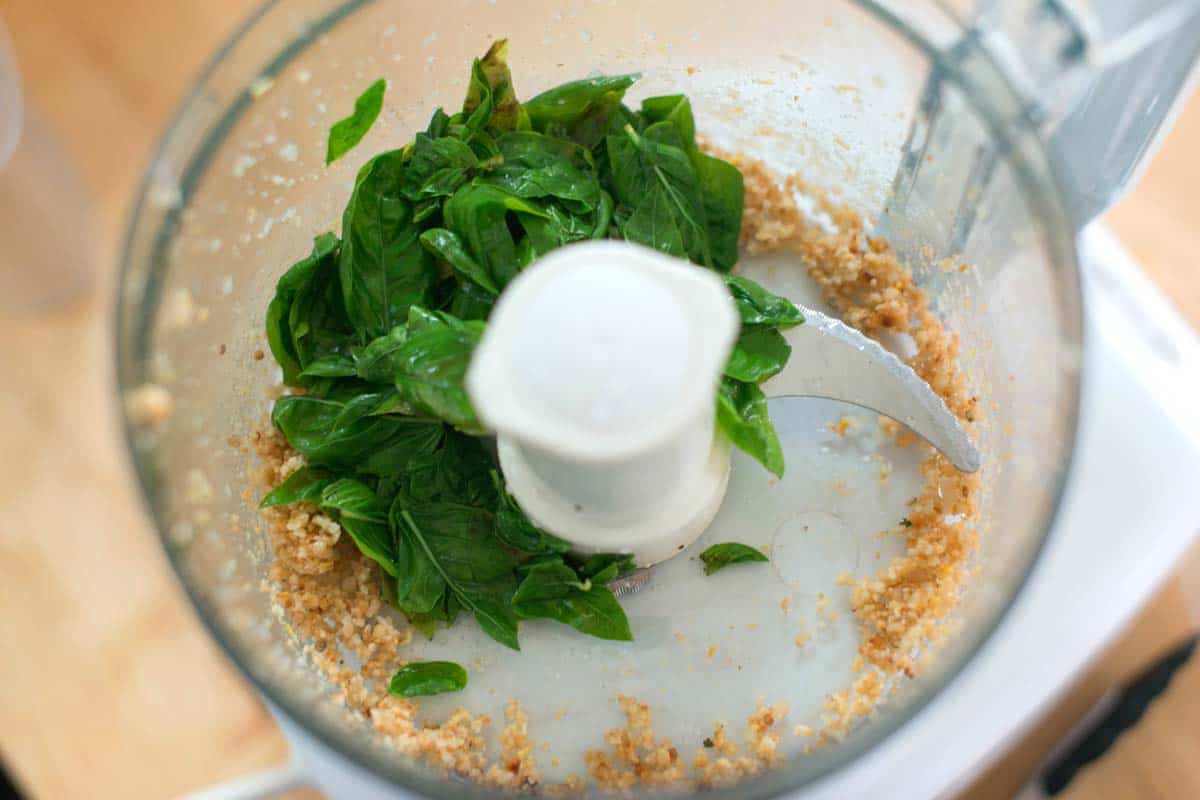
Tip 2: Store pesto with a layer of olive oil! Pesto browns over time due to oxidation, so adding a thin layer of olive oil to your pesto when storing it will help prevent oxidation and keep the basil fresh.
Ways to Use Homemade Pesto
We use homemade pesto in so many dishes, and I bet you do too. I toss it with shrimp soba noodles for a light, flavorful summer dish. I add a pesto layer to baked ziti with spinach and this baked spaghetti (so delicious!). It’s perfect for homemade pizza or flatbread pizzas if you are in a rush. And, of course, it’s incredible with pasta and this homemade gnocchi!
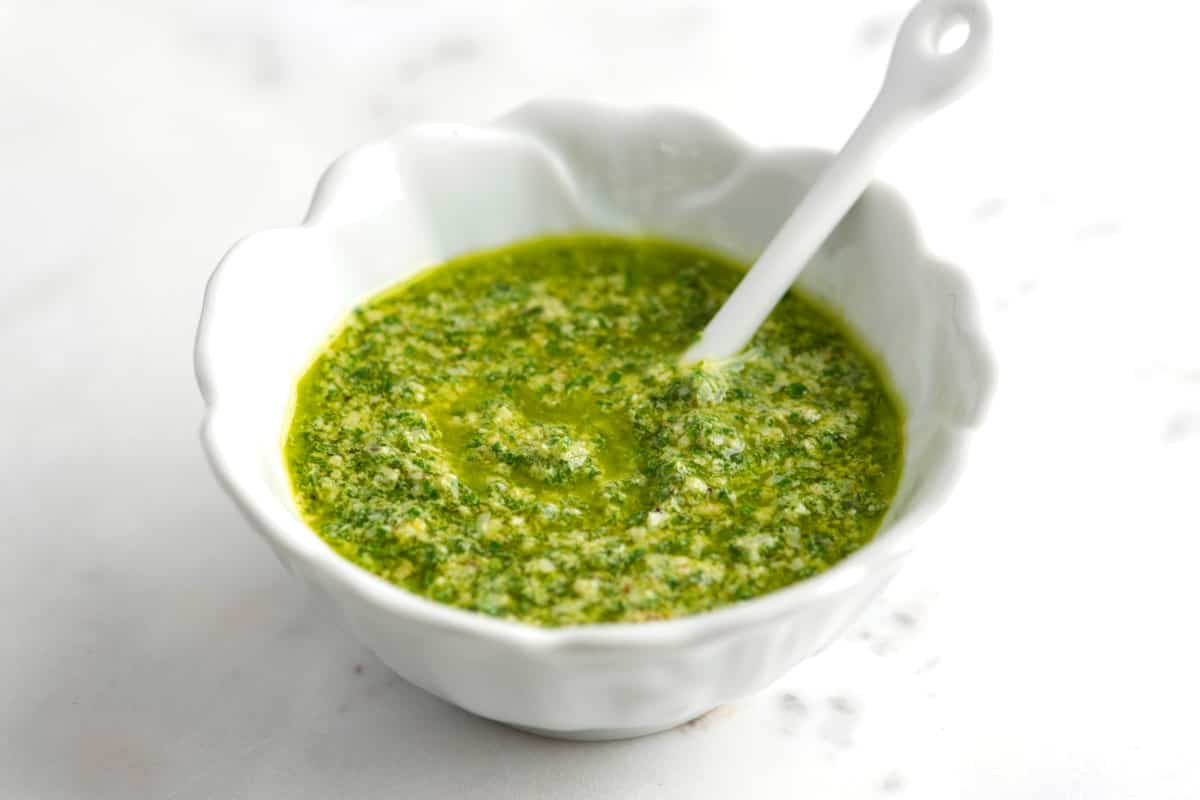
Perfect Basil Pesto
- PREP
- COOK
- TOTAL
This is my favorite basil pesto recipe inspired by authentic Italian recipes. As an option, you can blanch your basil to make pesto. This locks in the basil’s vibrant green color so it does not turn brown over time in the fridge or when you toss it with hot pasta water. You can skip this step if you prefer!
You Will Need
2 cups (36g) fresh basil leaves, generously packed into the cup
1 garlic clove
1/4 cup (36g) pine nuts or walnuts, lightly toasted
1/2 cup (120ml) olive oil, plus more for storing
1/2 cup (28g) finely grated pecorino or parmesan cheese (1 ounce)
Salt and fresh ground pepper to taste
Directions
1(Optional) Blanch basil for greenest pesto: Prepare a small bowl of ice water. Bring a small saucepan of salted water to a boil. Add the basil leaves to the boiling water for 10 seconds or until wilted and bright green. Then, quickly transfer them to the ice water. Drain, squeeze to remove excess water, and then pat dry with a clean dish towel.
2Place the garlic clove and pine nuts in the food processor bowl. Pulse a few times until the nuts are chopped into small pieces but not completely pulverized.
3Add the basil leaves to the bowl and secure the lid tightly.
4Turn on the food processor, and while it’s running, slowly drizzle the olive oil through the feed tube in the lid. Continue processing until the mixture is mostly smooth but still has some texture. Avoid over-processing, which can turn the pesto into a paste.
5Transfer the pesto to a bowl. Gently stir in the grated cheese, then season with salt and pepper according to taste.
Adam and Joanne's Tips
- Storing: Transfer homemade pesto to an airtight container and cover with a thin layer of olive oil. Refrigerate for up to 5 days. As it sits, it might lose some of its vibrant green color (not as much if you blanch the basil).
- Freezing: You can freeze pesto in airtight containers for a few months (some say up to 6 months). When I plan to freeze basil, I leave the cheese out (the texture can change a bit). Another tip is to divide your pesto between ice cube trays and add a thin layer of olive oil. Freeze until solid, then pop the pesto cubes out and transfer them to an airtight container or freezer bag.
- The nutrition facts provided below are estimates.

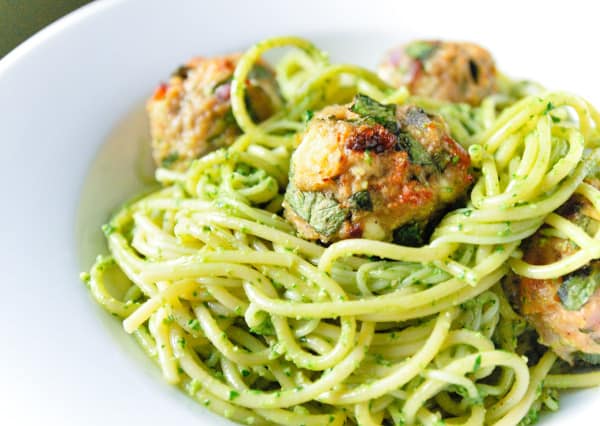
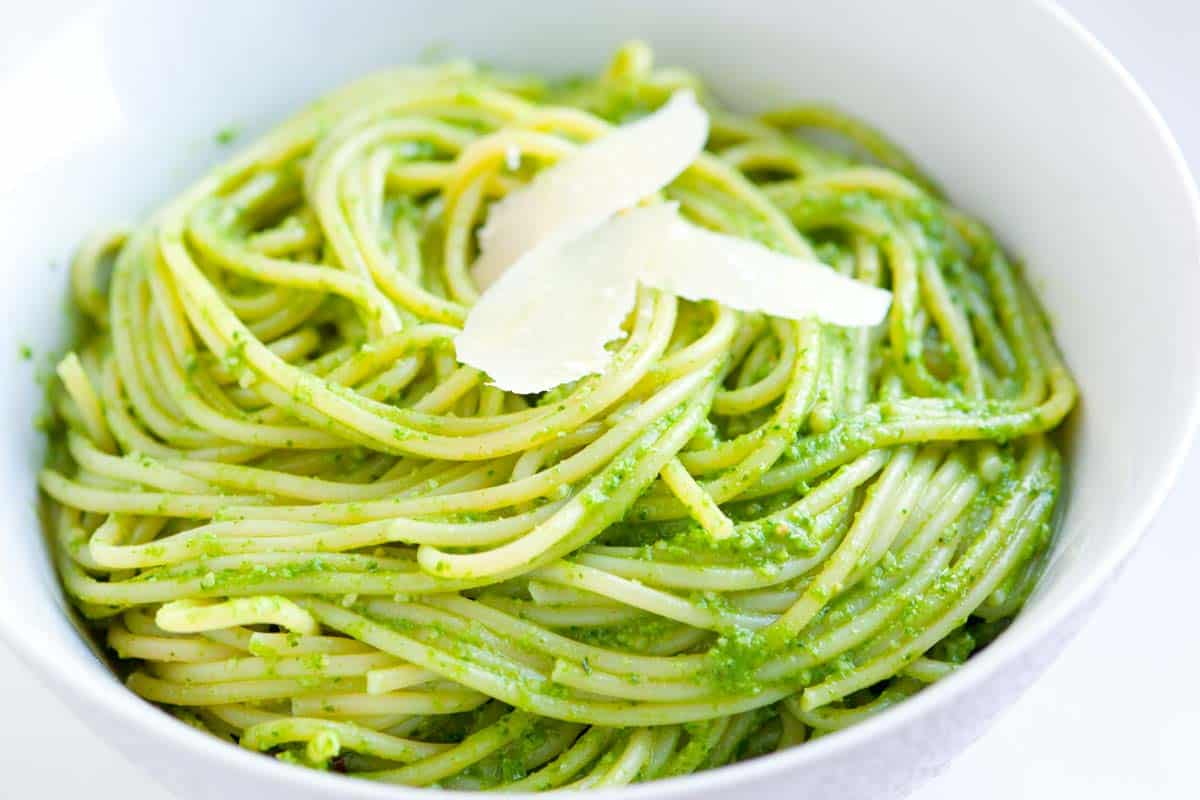
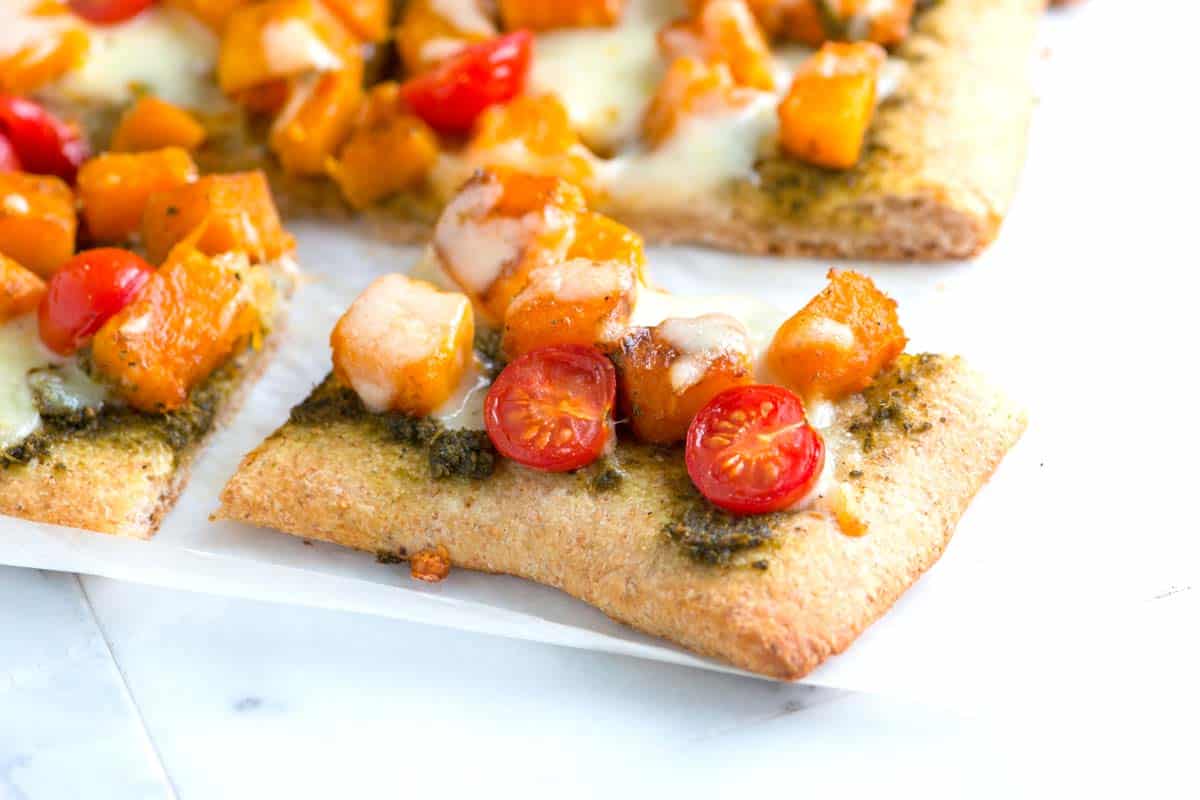
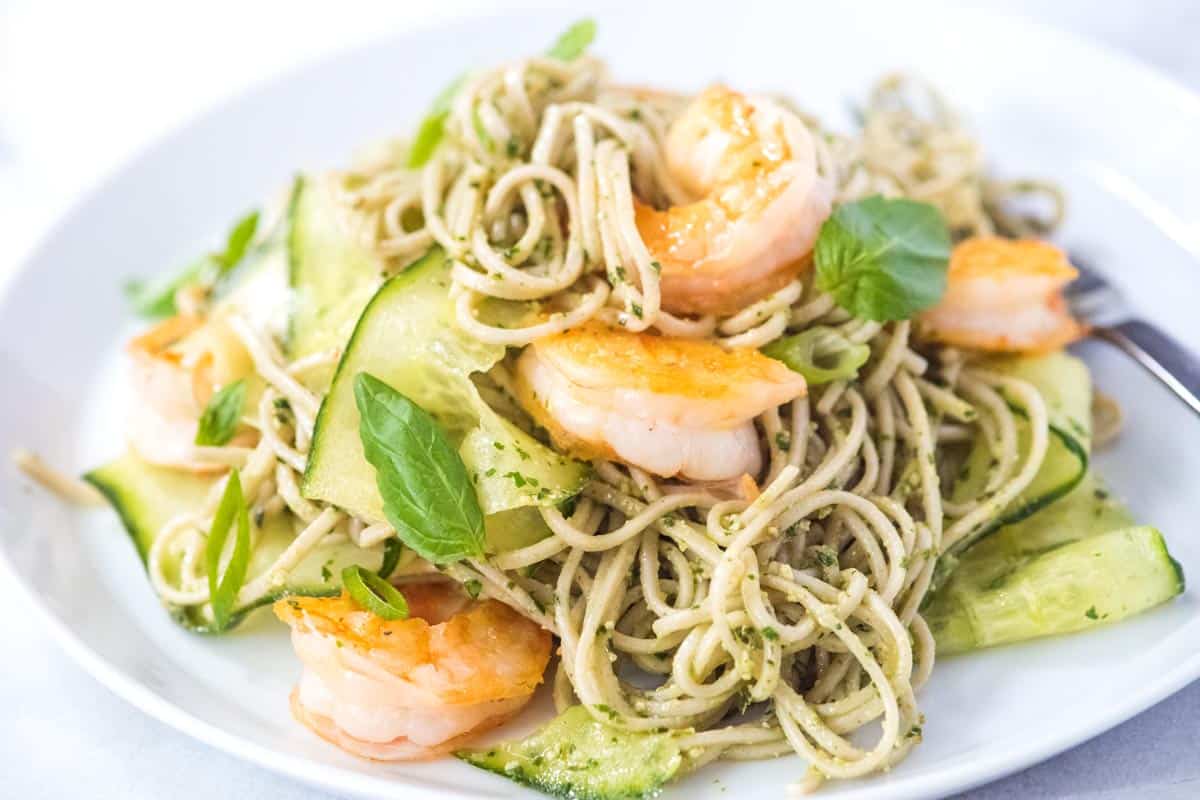
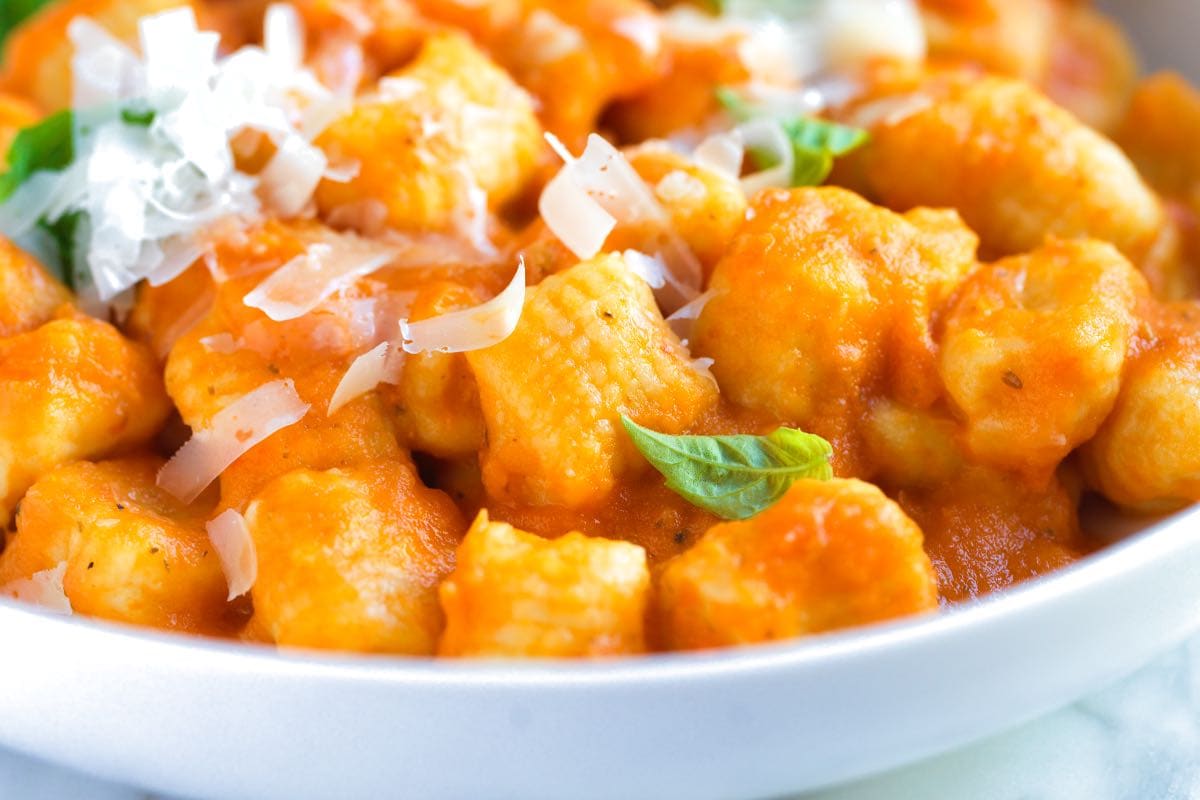
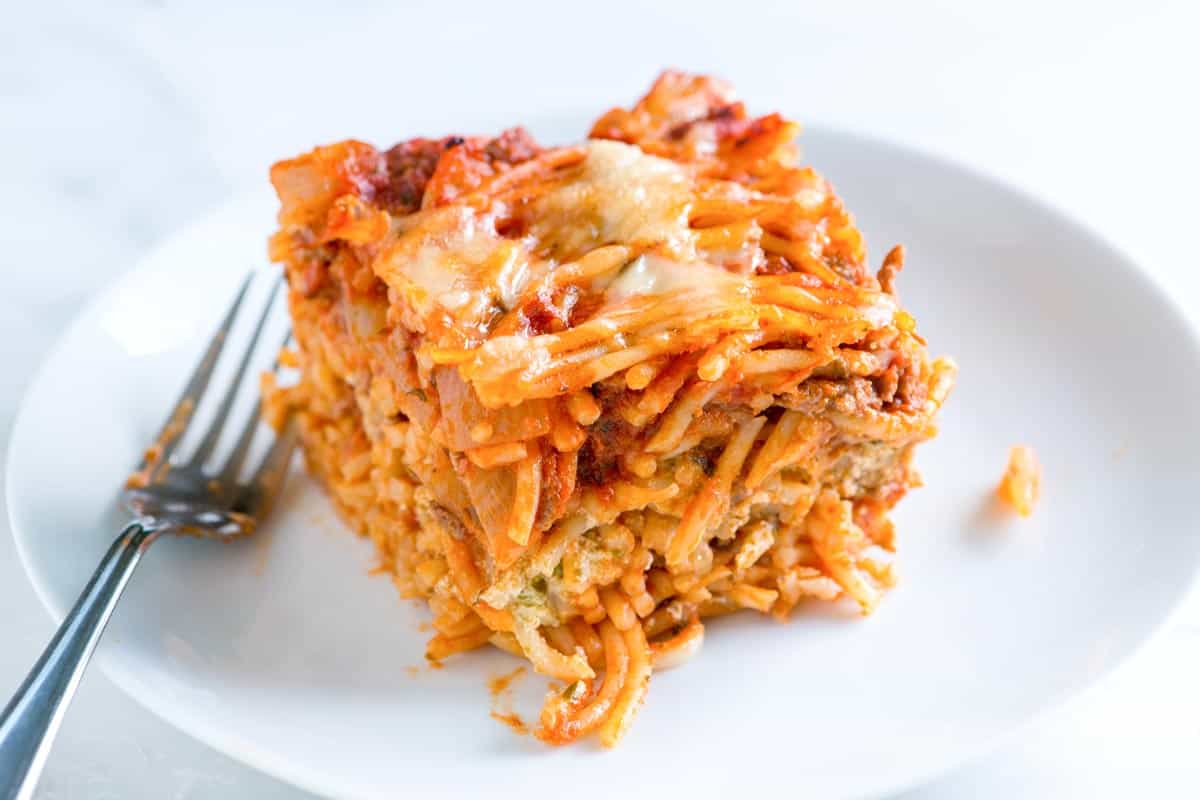


We had an abundance of basil that we grew this year. I’m ready to make pesto with some of it and would like to freeze some as well. I read your suggestion about leaving out the cheese. Do you add cheese later after thawing? Thanks!
Yep, you’ve got it! Thaw and then add the cheese.
Great recipe, and so easy! Froze some in ice cube trays as you suggested and then bagged up. So Handy. Thank you.
Can I just say you guys are awesome. Thank you for sharing and inspiring me to cook
So glad you enjoy our recipes!
Delicious recipe! The garlic tip was fabulous. I didn’t have pine nuts or walnuts, so I used unsalted pepita seeds & it was delicious. Definitely keeping this around!
Pesto recipe is genius and the best I’ve ever tasted!
Wow this was so easy. Thanks for all the tips it turned out great!! Used mine on top of chicken. Used pine nuts this time but will try with walnuts next time to see if it’s as good. Thanks for the recipe.
IMHO. Nothing even compares to pine nuts, lightly toasted. They are outrageously expensive, but if you can buy a small amount, they freeze quite well and then you can use as needed